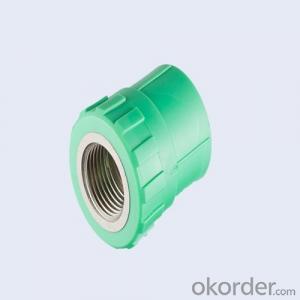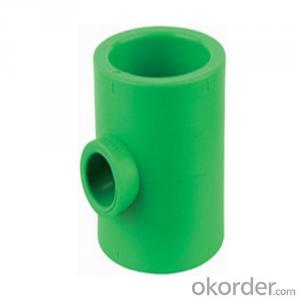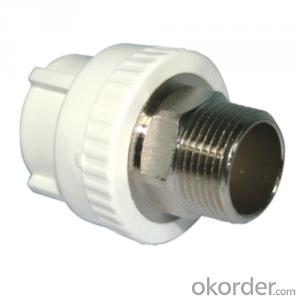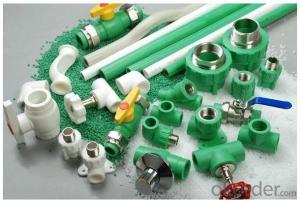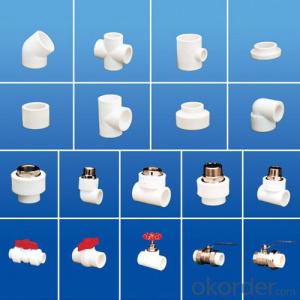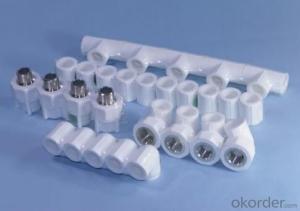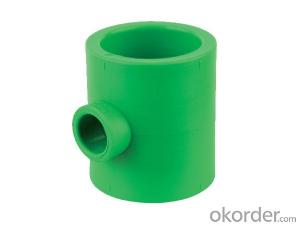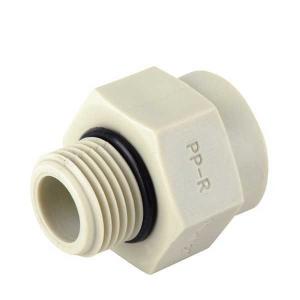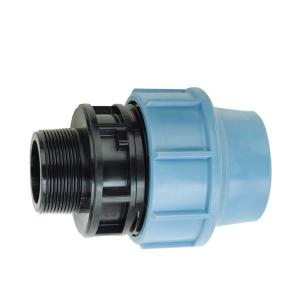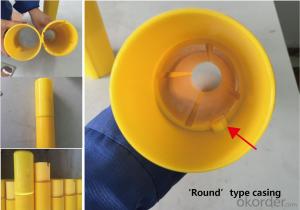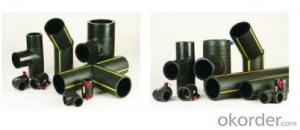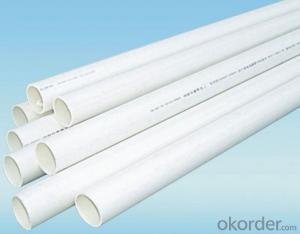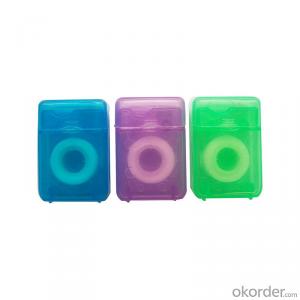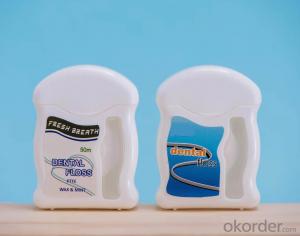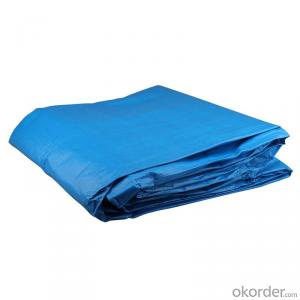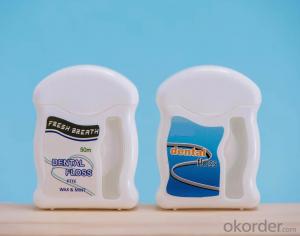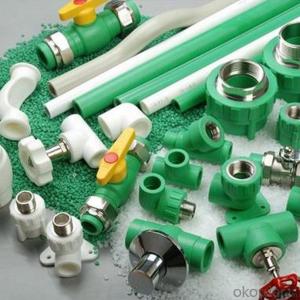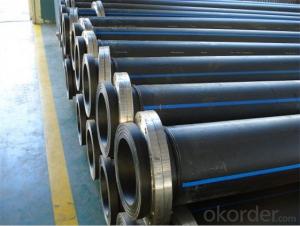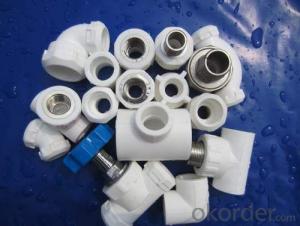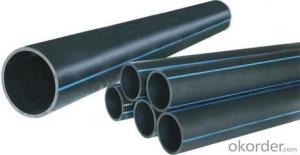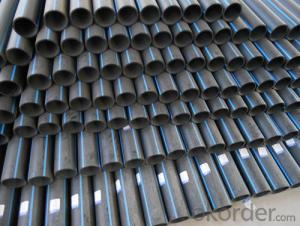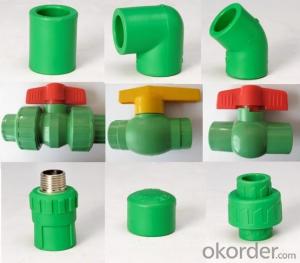New PPR Coupling Fitting Used in Industrial Application
- Loading Port:
- Dalian
- Payment Terms:
- TT OR LC
- Min Order Qty:
- 1000 pc
- Supply Capability:
- 1000000 pc/month
OKorder Service Pledge
OKorder Financial Service
You Might Also Like
Product Overview
1) Cold / hot water supply facilities for public buildings
2) Food, chemical, electronic industry pipeline networks; Such as Pipeline networks for transporting all kinds of corrosive liquids
3) Drinking water production system pipeline networks; Such as Pure water and mineral water
4) Air conditioning facility pipelines
5) Compressed gas pipeline networks for industry
6) Pipeline networks for swimming pools
7) Pipeline networks for solar energy facilities
8) Agriculture and garden production transporting systems
Feature
1) The professional factory of fittings.
2) The important manufacture of fittings in china.
3) High quality and better price.
4) Convenient One touch fittings provide instant tubing connections.
5) Elliptical release ring help to connect the tube easily by manual, no special tools required.
Advantages:
1. Greatly reduced linear expansion coefficient, only 1/4 of that of PPR.
2. 100% oxygen tightness, suitable for heating systerm.
3. Improved resistant to impulse under low temperature, resistant to UV-rays.
4. Easily detected by detector when embedded, owing to the metal layer
Product Description
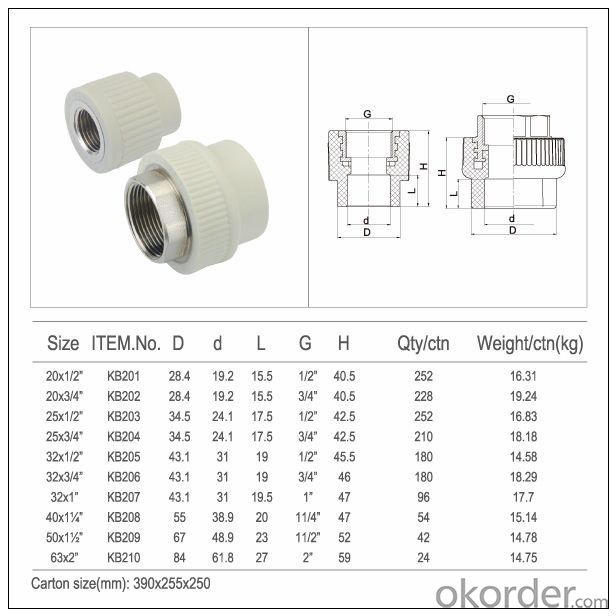

Product Show

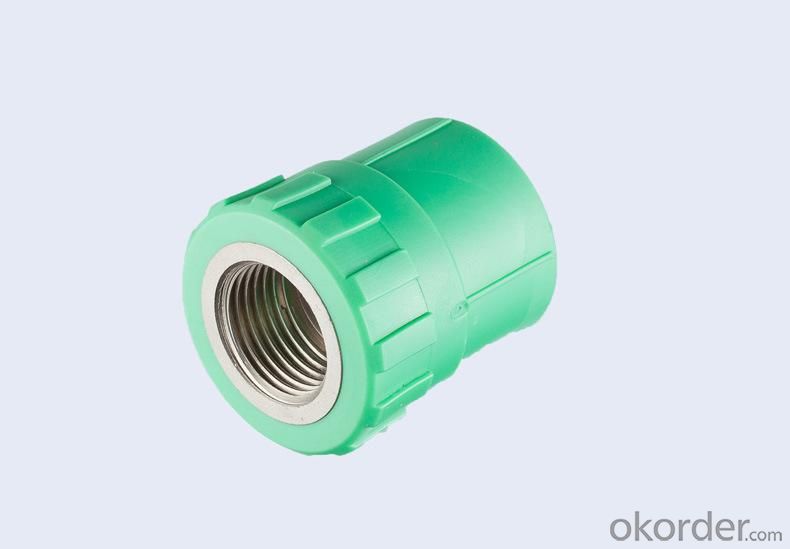
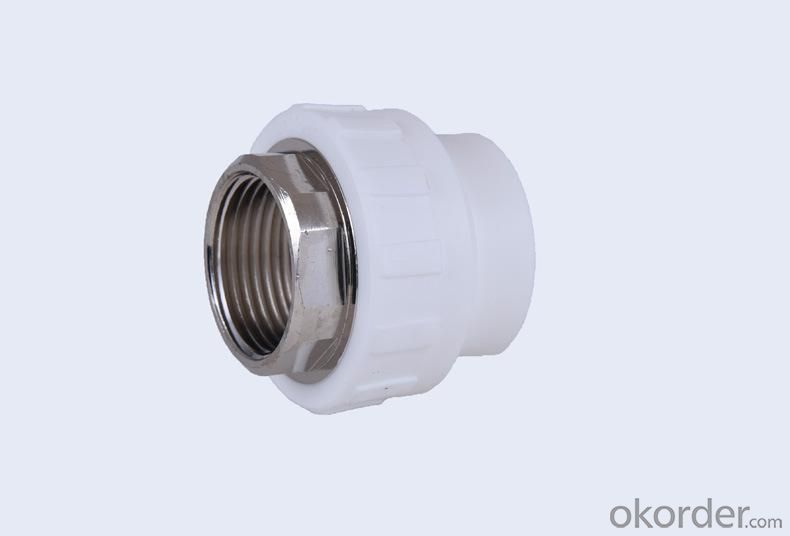
FAQ
Q: If the products have some quality problem ,how will you deal with it?
A: If the quality problem caused by us, we will provide a replacement service,and we must keep in mind. Take measures to control quality strictly,we adhere to the principle: “ quality first”.
Q.How can I get a sample?
A: FREE SAMPLE can be sent to you .Freight will be collect
Q. Is free design assistance available for clients?
A: If you have problems in designing or beautifying the customized product, we will offer you the best design assistance.Pictures
Q:, Which factors can be customized?
A: Material, Color, Size, Packing ,Brand, delivery
Q; Advantages of your products?
A:Company products, good quality, high reputation guarantee.
- Q:Are plastic pipe fittings more cost-effective than metal fittings?
- Plastic pipe fittings are generally more cost-effective than metal fittings. They are cheaper to produce, lighter in weight, and easier to install, which can save on labor costs. Additionally, plastic fittings do not corrode or rust, reducing the need for maintenance or replacement. However, the choice between plastic and metal fittings ultimately depends on the specific application and requirements of the project.
- Q:Can plastic pipe fittings be used for plumbing systems?
- Yes, plastic pipe fittings can be used for plumbing systems. Plastic fittings are commonly used in plumbing for their durability, affordability, and ease of installation. They are suitable for both residential and commercial plumbing applications and are available in various types such as PVC, CPVC, PEX, and polypropylene fittings.
- Q:What are the common sizes of plastic pipe fittings?
- The common sizes of plastic pipe fittings vary depending on the specific application and industry. However, some commonly used sizes include 1/2 inch, 3/4 inch, 1 inch, 1 1/4 inch, 1 1/2 inch, and 2 inches. These sizes are widely available and used in plumbing, irrigation, and other piping systems.
- Q:How do plastic pipe fittings compare to polypropylene fittings?
- Plastic pipe fittings and polypropylene fittings are both types of plastic fittings commonly used in plumbing systems. However, there are some differences worth noting. Plastic pipe fittings are a broad category that includes fittings made from various types of plastic materials, such as PVC, CPVC, and ABS. On the other hand, polypropylene fittings are specifically made from polypropylene, a thermoplastic polymer known for its high chemical resistance and durability. In terms of performance, polypropylene fittings generally offer superior chemical resistance, making them more suitable for applications involving corrosive or aggressive fluids. They are also known for their high temperature resistance and mechanical strength. Plastic pipe fittings, on the other hand, can vary in terms of quality and performance depending on the specific material they are made from. Another important aspect to consider is the ease of installation. Both plastic pipe fittings and polypropylene fittings are typically designed for solvent welding or using mechanical connections. However, polypropylene fittings often have a more precise and secure fit due to their tighter tolerances, which can simplify the installation process and reduce the risk of leaks. Ultimately, the choice between plastic pipe fittings and polypropylene fittings depends on the specific application requirements, such as the type of fluid being transported, the temperature and pressure conditions, and the chemical compatibility needed. It is important to consult with professionals or follow the manufacturer's recommendations to ensure the right choice for each individual case.
- Q:Do plastic pipe fittings comply with building codes and regulations?
- Yes, plastic pipe fittings generally comply with building codes and regulations. However, it is important to note that compliance may vary depending on the specific type of plastic pipe fitting and the local building codes in place. It is advisable to consult with local authorities or a professional plumber to ensure compliance with the relevant regulations.
- Q:Are plastic pipe fittings resistant to thermal contraction?
- Yes, plastic pipe fittings can be designed to be resistant to thermal contraction.
- Q:How do you measure plastic pipe fittings?
- To measure plastic pipe fittings accurately, you should use a measuring tape or a caliper. Start by measuring the outer diameter of the pipe fitting, which is the distance across the widest point. Additionally, measure the inner diameter, which is the distance across the narrowest point. These measurements will help you determine the correct size and type of plastic pipe fitting needed for your project.
- Q:Can plastic pipe fittings be used for radiant floor heating systems?
- Yes, plastic pipe fittings can be used for radiant floor heating systems. Plastic pipe fittings, such as PEX (cross-linked polyethylene), are commonly used in radiant floor heating systems due to their flexibility, durability, and ability to resist corrosion. These fittings are compatible with PEX tubing, which is typically used for radiant floor heating installations. However, it is important to ensure that the plastic pipe fittings are specifically designed and rated for use in radiant floor heating systems to ensure proper performance and longevity.
- Q:Can plastic pipe fittings be used for both residential and commercial applications?
- Yes, plastic pipe fittings can be used for both residential and commercial applications. They are versatile and commonly used in various plumbing systems for both types of properties.
- Q:Can plastic pipe fittings be used for swimming pool installations?
- Yes, plastic pipe fittings can be used for swimming pool installations. They are commonly used due to their durability, resistance to corrosion, and affordability. However, it is important to ensure that the fittings are specifically designed for swimming pools and are compatible with the type of plastic pipes being used. Additionally, it is crucial to follow proper installation guidelines and adhere to local building codes to ensure the safety and functionality of the swimming pool.
1. Manufacturer Overview |
|
|---|---|
| Location | |
| Year Established | |
| Annual Output Value | |
| Main Markets | |
| Company Certifications | |
2. Manufacturer Certificates |
|
|---|---|
| a) Certification Name | |
| Range | |
| Reference | |
| Validity Period | |
3. Manufacturer Capability |
|
|---|---|
| a)Trade Capacity | |
| Nearest Port | |
| Export Percentage | |
| No.of Employees in Trade Department | |
| Language Spoken: | |
| b)Factory Information | |
| Factory Size: | |
| No. of Production Lines | |
| Contract Manufacturing | |
| Product Price Range | |
Send your message to us
New PPR Coupling Fitting Used in Industrial Application
- Loading Port:
- Dalian
- Payment Terms:
- TT OR LC
- Min Order Qty:
- 1000 pc
- Supply Capability:
- 1000000 pc/month
OKorder Service Pledge
OKorder Financial Service
Similar products
New products
Hot products
Related keywords
